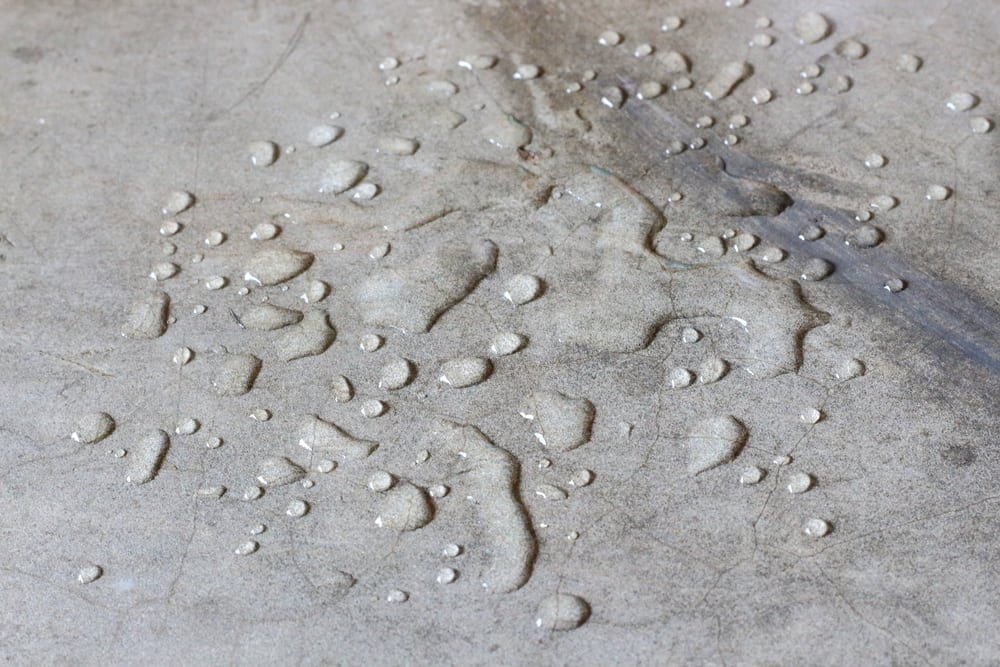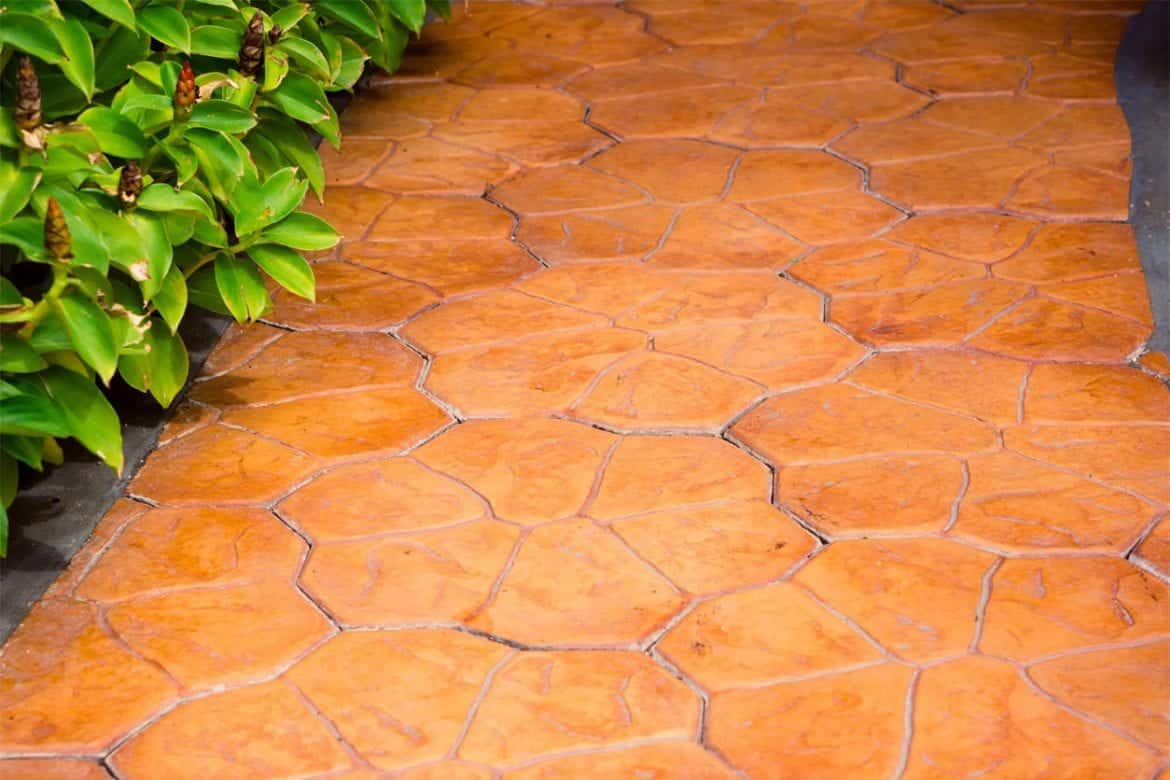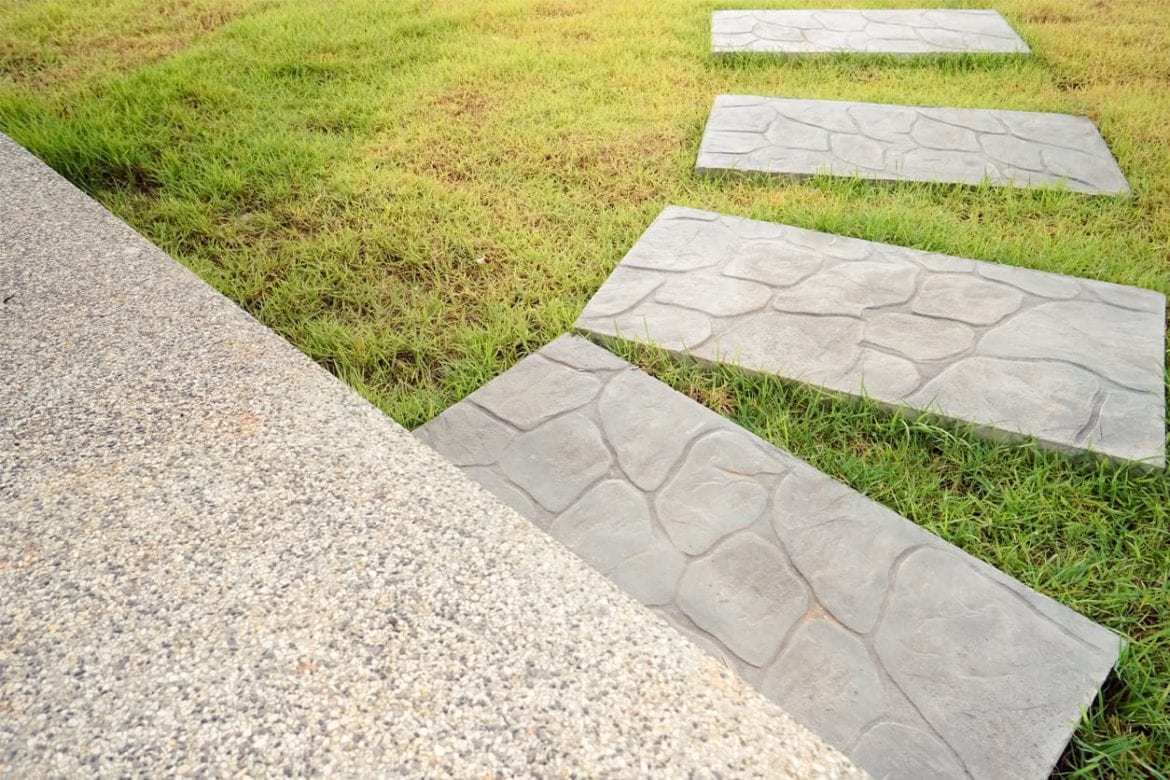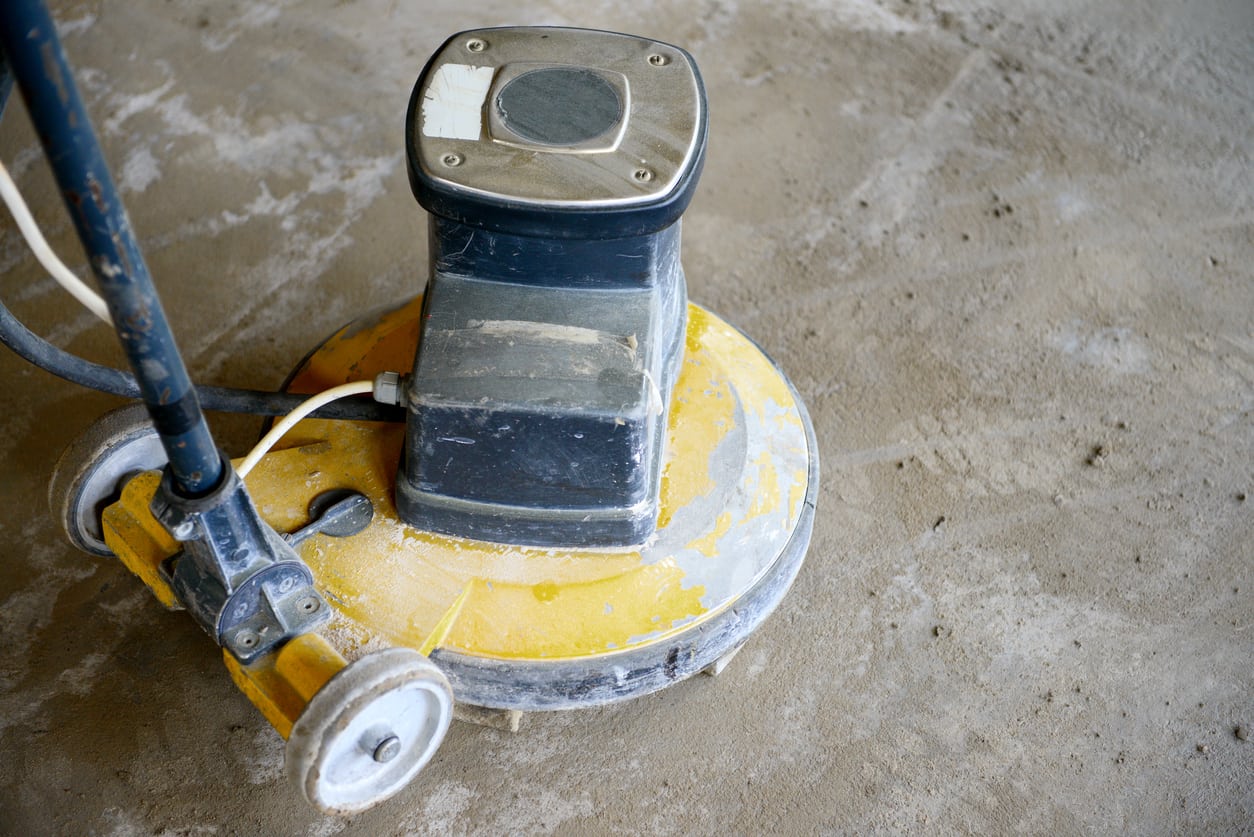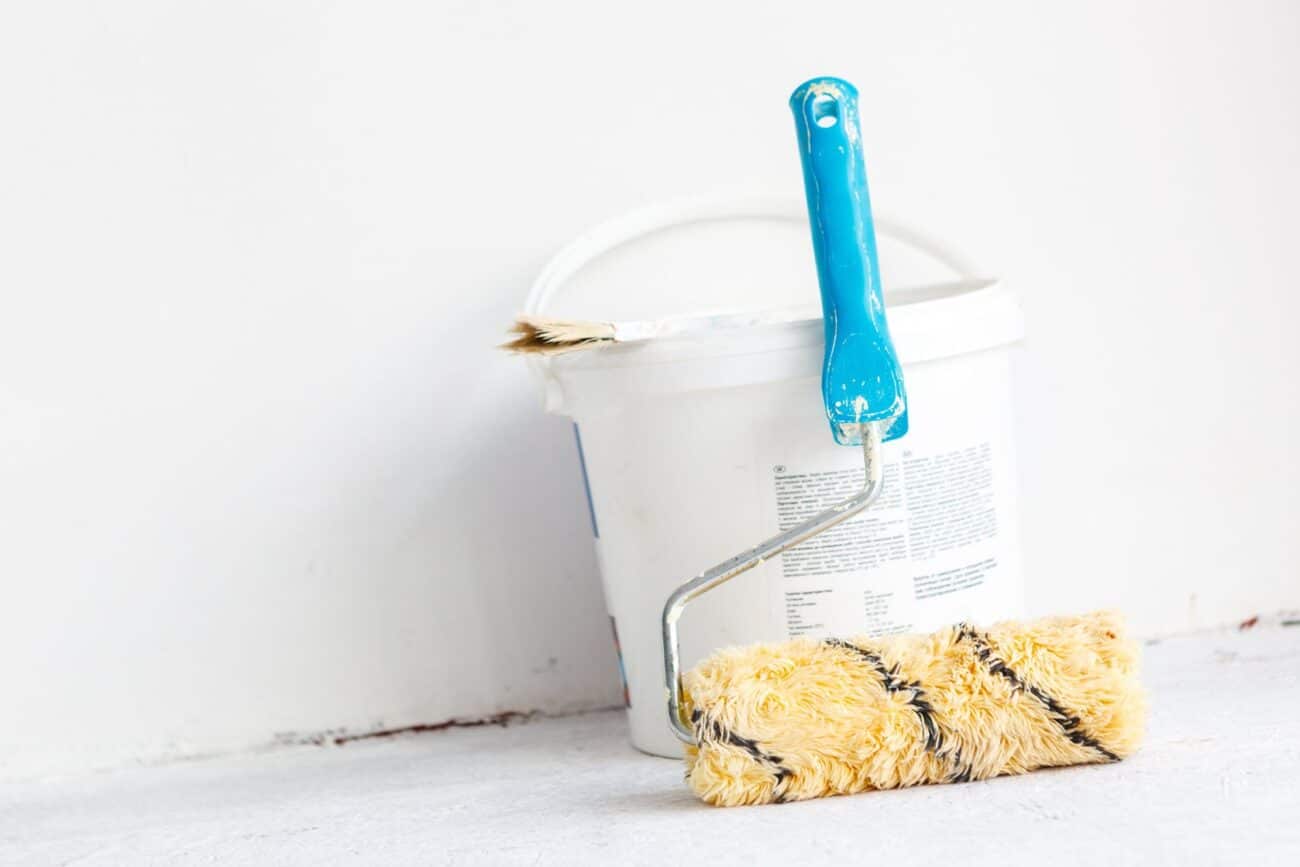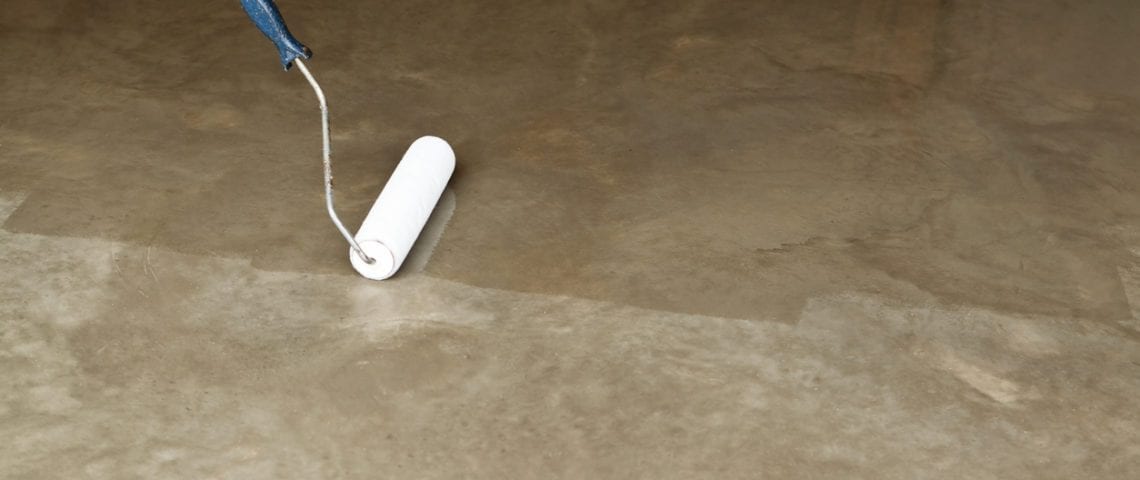All look alike products do not perform the same even though they are making similar claims. How do you know which one to believe?
Sodium Silicates: How do you know which one to believe definitely applies to sodium silicates. Sodium silicate formulas have been around since the 1950’s and were initially used as concrete floor hardeners. Today because of their economical nature many concrete manufacturers and distributors claim sodium silicates to be effective waterproofers. Sodium silicate solutions have a place as a concrete treatment; however, their role should only be limited as concrete surface hardeners. Sodium silicate solutions perform very poorly and ineffective as waterproofing sealers since they have a limited depth of penetration and they are unable to stop or reduce hydrostatic pressure. If you want to densify your concrete a sodium silicate hardener is an excellent option; however, leave the waterproofing to one of the other methods below.
Siliconates: Siliconates are as a highly alkaline aqueous solutions that are used for water-repellent impregnation. After the water has evaporated from the sealer, siliconate reacts with atmospheric carbon dioxide to form a water-repellent surface barrier. Siliconates are good water repellent options with an excellent water bead effect.
Silicate/Siliconates: An effective waterproofing method because of the densification properties of the silicate and the hydrophobic properties of the siliconate. Typically silicates are used to harden and siliconates are used to protect from water and by combining the two a dual action product is created. The silicate component reacts with the concrete by introducing additional silicate that reacts with excess calcium hydroxide to form more CSH. This results in a denser, harder concrete surface. The siliconate applied to the concrete undergoes a two part process in which it first reacts with carbon dioxide in the air to form an active silicone resin. The silicone resin then reacts with calcium hydroxide to form a liquid repellent resin on the concrete surface and within the available capillary pores. Siliconates are sealers, not densifiers and are best used when blended with silicate to provide both densifying and sealing properties. The seal elicited is microscopic and there is no film build up on the surface which means it cannot wear off over time. An excellent option for waterproofing basements and driveways.
Silanes: The main deterioration mechanism for concrete is corrosion and scaling due to deicing products. The most effective solution to protect water and salts from damaging concrete is to use a silane based sealer. Because silanes do not change the skid or slip resistance of concrete they are ideal for driving surfaces (aka driveways, bridges, roadways). Silanes penetrate deep because of their extremely small molecular size and they chemically bond with silica to form a permanent attachment of the water repellent molecule. This creates a deep hydrophobic layer that prevents water and waterborne contaminants from entering the substrate and causing premature deterioration. Silanes leave the surface with a completely invisible finish and elicit a water sheeting effect.
Siloxanes: Siloxanes have a larger size polymer and penetration is not as deep as other sealers. Unlike silanes, which require a high pH to catalyze, siloxanes are not dependent on substrate pH. Because of this, siloxanes are ideal for treating brick, stucco, and stone. Siloxanes are not commonly used as a stand alone products but to maximize their potential they are typically blended with silanes. Used as a stand alone product siloxanes may slightly darken the treated surface while also creating a water beading effect.
Silane/Siloxanes: Silanes and siloxanes are both derived from the silicone family. Despite being very closely related, they have significant performance differences. Because silanes are made up of smaller molecules than siloxanes, they typically will obtain deeper penetration than siloxanes. As a result, silanes perform well under abrasion and weathering conditions. A consequence, however, of this small molecular size is that silanes are relatively volatile. Therefore, the solids content of a silane product should be high enough to compensate for the loss of reactive material through evaporation during application and cure. Siloxanes, because they are less volatile, generally offer good water repellent performance at lower costs. However, for concrete surfaces subjected to abrasive wear, treatment with a silane sealer will provide longer lasting protection. In regard to surface texture and color, treatment with silane sealers typically cannot be detected visually. Siloxane products may slightly darken the treated surface. By using a combination of silanes and siloxanes the benefits of each compensate for the weaknesses of each making for the perfect DIY water repellent sealer. Silane/Siloxane blends are commonly used on driveways, sidewalks and leave the surface with a natural finish.
Elastomeric Coatings: Elastomeric coatings are rubberized emulsions which cure to provide a heavy duty rubber-like membrane for use in waterproofing or damp proofing concrete or masonry surfaces above and below grade. The term elastomeric simply means that the material is flexible. Elastomeric coatings are durable and essentially derivatives of urethanes and polyurethanes formulated into a liquid which can be applied to form a monolithic waterproofing membrane. While elastomeric coatings are impermeable to water, chemical vapors and sub-terrain gases they are at high risk of delamination with a short lifespan. They also alter and change the color, texture and surface appearance of concrete.
Crystalline Waterproofers: Crystalline waterproofing is an effective waterproofing method because it fills capillaries to prevent the penetration of water and other liquids from any direction. By way of diffusion, the reactive chemicals in crystalline waterproofers use water as a migrating medium to enter and travel down the capillaries of the concrete. A chemical reaction between the crystalline waterproofers occurs between moisture and the by-products of cement hydration, forming a new non-soluble crystalline structure. This integral structure fills the capillary tracts rendering the concrete waterproof.
There are a few different options when it comes to coloring concrete:
1. Integral coloring
Integral color is used when new concrete is being poured to add color to the concrete during the mixing process. The color is either in liquid or powder form and allows color to be added to the entire depth of the slab. This allows for a uniform color for a large amount of square footage.
2. Shake on color
Shake on color is used on new concrete by broadcasting small pigments of powder that work their way into the concrete. Water from the newly poured concrete wets the powder and causes the the color to bond with the top layer of concrete.
3. Acid Stains
Acid stains are chemically reactive and react with minerals in the concrete to create a unique, durable color effect. Acid stains are hazardous and must be neutralized after application. Acid stains can be used on new or old concrete slabs.
4. Acetone dyes
Acetone stains and dyes are solvent based and hazardous but can create vivid beautiful colors. They are not UV stable so a protective sealer should be used on top of an acetone dye to lock in the color.
5. Water-based dyes
Water based dyes are safe and easy to apply with all of the colors able to be mixed together to create patterns and effects. Since they are not UV stable a protective sealer should be used on top of water based dyes to lock in the color.
6. Color densifiers
Color densifiers are a new technology in which a colored, water based, lithium silicate solution is used. They allow you to densify the concrete while coloring it in the same step. The color densifiers are UV stable but a protective sealer can be used on top of a color densifier to lock in the color and add an additional sheen.
Stamped concrete is commonly used on driveways, patios and walkways to resemble brick, slate or stone with a textured or embossed pattern. It is a much more economical way to achieve the desired finish compared to using brick, slate or stone and stamped concrete is a longer lasting building material. Stamped concrete is usually infused with a base color and an accent color using a color hardener and color release respectively. In order to protect the color of the stamped concrete and the integrity it is best to use a concrete sealer.
Because of the decorative nature of stamped concrete it is popular to seal it with either a high gloss sealer or a low gloss sealer. High gloss sealers are usually solvent based acrylics that enhance and accentuate the colors and textures of the concrete. Low gloss sealers can be solvent based or water based and will give a slightly enhanced finish without the excessive slipperiness or shine. Both options will protect the stamped concrete but since they are usually acrylic based they do need to be reapplied quite frequently. Deicing salts are extremely corrosive especially to concrete and acrylic concrete sealers. It is best to avoid using deicing salts on a stamped concrete to maintain the integrity to get an extended lifespan out of a concrete sealer.
Benefits to using a stamped concrete sealer:
- Stamped concrete sealers add a satin or high gloss sheen to the surface.
- Stamped concrete sealers enrich the colors and the intensity of the patterns.
- Stamped concrete sealers create an easy to clean and easy to maintain surface.
- Stamped concrete sealers help to protect the surface from wear and abrasions.
- Stamped concrete sealers reduce the penetration of stains and harmful contaminants.
Concrete densifiers are silicate sealers of a sodium, potassium or lithium carrier designed to densify, harden, dustproof and increase the abrasion resistance of concrete. Most commonly used on warehouse floors in conjunction with a floor machine to polish and add a shine.
Most Important Features When Purchasing a Concrete Densifier:
- Concentrated densifier so the water to sealer ratio can be controlled at a more cost effective price point
- Resistance to mold, mildew, efflorescence, abrasions and dusting
- Look for an industrial grade silicate with substantial penetration that is chemically reactive with a guaranteed warranty.
Most Popular Concrete Densifier Brand Reviews:
Concrete Sealer X-1: Silicate sealer that is permanent, penetrates 4 inches and leaves a natural looking concrete finish. Non-toxic, low VOCs with a 2 year shelf life applied by a brush or roller.
LiON Hard: Environmentally friendly lithium silicate sealer, VOC compliant and non-yellowing. Densifies and dustproofs all while creating a non-slip surface.
Prosoco LS: Chemically reactive lithium silicate, one coat application, abrasion resistant, slip resistant, non-yellowing and VOC compliant.
Silicate sealers are commonly used as densifiers to harden and strengthen concrete. Most common applications include concrete that will be polished as seen on many commercial warehouse floors. Silicates also help to prevent dusting, efflorescence, mold and mildew. Keep in mind that silicates are not waterproofers although many manufacturers claim their silicates waterproof, they are strictly densifiers.
Most Important Features When Purchasing a Silicate Sealer:
- Available in either a sodium, potassium or lithium carrier, look for a concentrated blend that will be more cost effective.
- Resistance to mold, mildew, efflorescence, abrasions and dusting.
- Look for an industrial grade silicate with substantial penetration that is chemically reactive with a guaranteed warranty.
Most Popular Silicate Sealer Brand Reviews:
LiON Hard: Environmentally friendly lithium silicate sealer, VOC compliant and non-yellowing. Densifies and dustproofs all while creating a non-slip surface.
Prosoco LS: Chemically reactive lithium silicate, one coat application, abrasion resistant, slip resistant, non-yellowing and VOC compliant.
Concrete Sealer X-1: Silicate sealer that is permanent, penetrates 4 inches and leaves a natural looking concrete finish. Non-toxic, low VOCs with a 2 year shelf life applied by a brush or roller.
Lithi-Tek 4500: Easy spray on application and excellent protection against mold, mildew, efflorescence, radon and dusting, fast drying and chemically reactive. We love the beautiful sheen when polished, extremely hard and abrasion resistant with a lifetime guarantee.
Acrylic sealers are commonly used as decorative sealers to add a high gloss shine or matte finish while protecting from sun, rain and salt degradation. Available in both solvent based and water based variations, we prefer a water based version with low VOCs that is environmentally friendly in all 50 states.
Most Important Features When Purchasing an Acrylic Sealer:
- Breathable formula that is non-yellowing and UV stable
- Protection from rain and sun while adding and enhancing the look of colored concrete
- Non-scratch, non-scuff, long lasting with no risk of delamination
Most Popular Acrylic Sealer Brand Reviews:
Everclear: Excellent as a cure and seal, however it is not VOC friendly in all states with a whopping 681 g/L. Adequate coverage and a fast dry time along with an easy application make it a good choice.
Eagle Gloss Coat: Even though it is solvent based it provided a nice wet look finish to decorative concrete and pavers. We like that it can also be used on new concrete instead of waiting the usual 28 days for concrete to cure. Unfortunately 1 gallon only covers 100 square feet so multiple gallons are necessary to seal any substantial substrate.
Cryli-Tek 5500 : We like that this sealer is water based and industrial grade holding up to weathering and beading water. Lasted longer than every other acrylic we tested on this list and provided a subtle shine without being excessively slippery or glossy. No delamination or yellowing and our concrete looked beautiful.
Decra-Seal: Fast drying with a high gloss finish but again extremely high VOC limit of almost 700 g/L!
Quikrete Acrylic: Can be used as a cure and seal to help retain water and leaves a finish that is not excessively glossy. Meets ASTM C 309 and covers about 200 sq. ft. per gallon.

